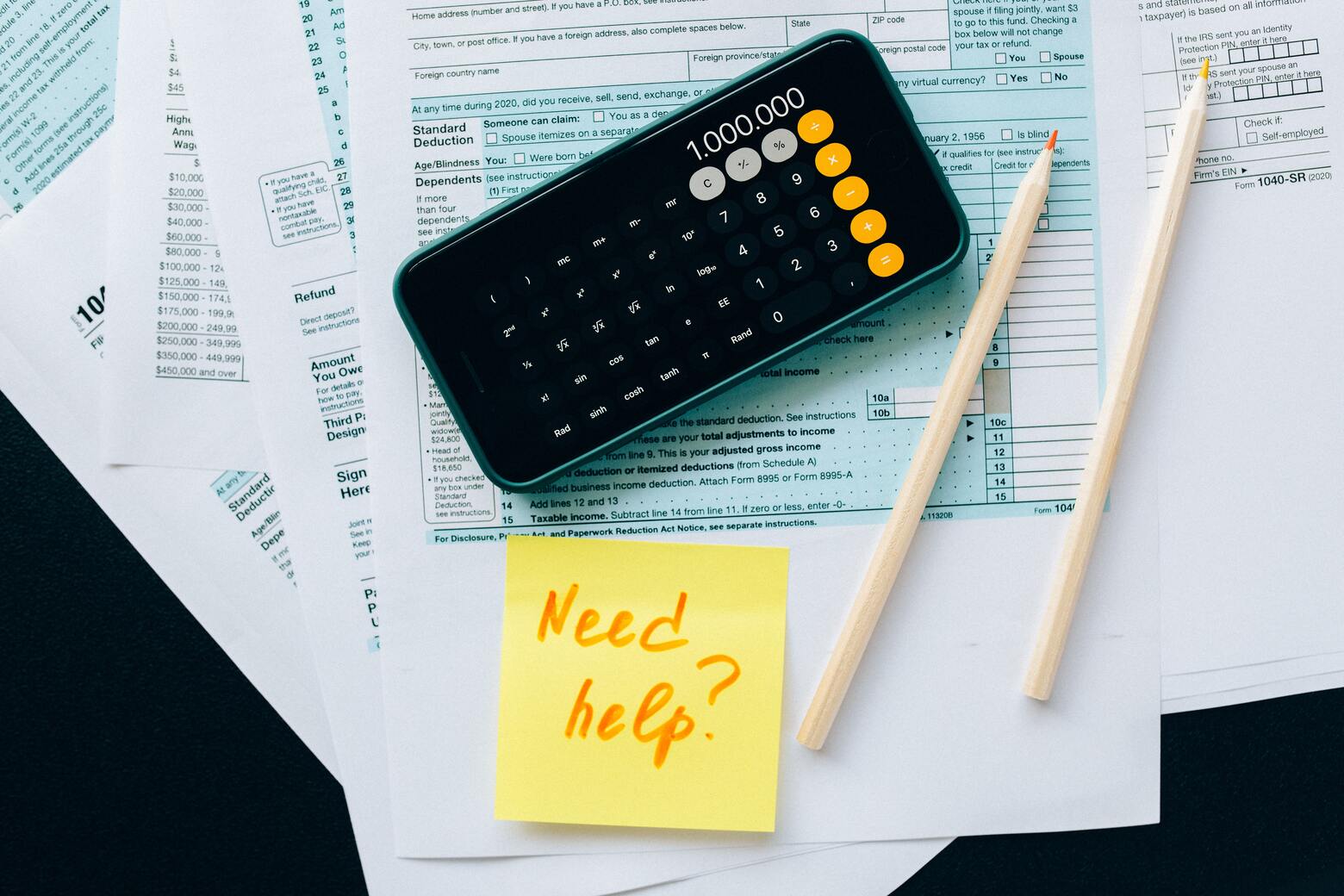It is prudent to plan ahead for retirement and tax breaks are available to encourage savings into a registered pension scheme.
Contributions into a registered pension scheme attract tax relief as long as the contributions are covered by the available annual allowance and are not more than 100% of earnings (or £3,600 if higher).
Tax-relieved lifetime pension savings are capped by the lifetime allowance, currently set at £1,073,100.
Annual allowance
The annual allowance places a ceiling on the amount of tax-relieved contributions that can be made to a registered pension scheme each year. Contributions made by an employer count towards the annual allowance.
The annual allowance is set at £40,000. However, it is reduced where both adjusted net income is more than £240,000 (broadly income including pension contributions) and the threshold income (broadly income excluding pension contributions). Where this is the case, the annual allowance is reduced by £1 for every £2 by which adjusted net income exceeds £240,000 until the minimum amount of the annual allowance is reached. For 2021/22 this is £4,000. Consequently, where a person has adjusted net income of at least £312,000 and threshold income of at least £200,000, they only receive the minimum annual allowance of £4,000.
A lower annual allowance – the money purchase annual allowance (MPAA) – applies where a person has flexibly accessed their pension pot having reached age 55.
If contributions are made in excess of the annual allowance, a tax charge applies (the annual allowance charge) which effectively claws back the relief that was not due.
If the annual allowance is not used in full in the tax year, the unused amount can be carried forward for up to three years. However, the current year’s allowance must be used up before using allowances from earlier years. Where brought forward allowances are utilised, those from an earlier year are used before those of a later year.
Year-end planning
Any annual allowance brought forward from 2018/19 will be lost if not used before 6 April 2022. However, the annual allowance for 2021/22 must be used in full before the allowances brought forward from 2018/19 can be utilised.
Example
Richard has earnings of £150,000 for 2021/22. He has an annual allowance of £40,000. He has historically made pension contributions of £25,000 a year and has unused allowances of £15,000 a year for each of the years 2018/19, 2019/20 and 2020/21.
He received an inheritance in January 2022 and is considering making additional contributions.
To prevent his unused allowances from 2018/19 from being wasted, he can make contributions of £55,000 before 6 April 2022. This will fully utilise the annual allowance for 2021/22 and £15,000 unused allowance from 2018/19. He could also make further contributions of up to £30,000 if he wished to use the available allowances for 2019/20 and 2020/21.
He could instead carry these forward. He will have until 5 April 2023 to use the allowances from 2019/20 and until 5 April 2024 to use the allowances from 2020/21. However, to access these allowances he would need to use up his current year annual allowance first.
If he makes contributions of £55,000 on or before 5 April 2022, he will prevent the unused 2018/19 allowances from being wasted. Assuming he is a higher rate taxpayer, the contributions of £55,000 will ‘cost’ him £33,000 as he will benefit from tax relief at 40%.
He will also need to check that making the contributions does not take the value of his pension pot above the lifetime limit.
Ref: FA 2004, ss.228 – 228C.
